Pleasant though the site at Altnaharra was, we decided to move on today. We realised that if we were going to go to the Orkneys we needed to get a move on – we only have just over 2 weeks left.
So we set off for Dunnet’s Head, the most northerly point on the British mainland. The first part of our journey was along the pretty valley of the River Never. It was most unhigland like. Lush meadows and deciduous woodland characterised the drive. But as soon as we hit the main coast road the countryside deteriorated into what Sarah and I remembered from our 1980 trip – drab, featureless moorland.
As if to emphasise its bleakness we drove past Dounreay, one of the UK’s earliest nuclear power facilities and home to the Britain’s Fast Breeder Reactor programme. It was sited here for safety reasons, in case of an explosion! Luckily it is still in one piece but disposing of radioactive waste was apparently poor in the early days and one beach is currently permanently closed due to radioactive particles occasionally washing up. There have also been one or two highly radioactive particles found on other beaches in the area, so that’s one good reason for not taking a dip. The car park of the facility had hundreds of cars in it, so decommissioning seems to be providing plenty of employment.

The first Fast Breeder Reactor at Dounreay. I don’t like the look of that rust!!
Soon we entered Thurso, a reasonable sized town which has strong memories for us and not particularly good ones. Whenever things are not going well in Basil we always reminisce about Thurso in August 1980, when boiling a kettle on our little camp stove took over half and hour and where I nearly got frostbite just doing the washing up.
But things have improved in Thurso. As we entered the town Sarah shouted “LLLLIIIIIIDDDDDLLLLL” at the top of her voice and sure enough civilisation has reached Thurso. We parked up in town and with 3G coverage we organised most of the next week. Ferries to and from Orkney were booked; a campsite on Orkney likewise; and a campsite reservation made on the Black Isle for the day we return from Orkney where we hope to see Britain’s most famous dolphins.
Following lunch we returned to LIDL to stock up on our favourites, of which we have been deprived for three weeks or so.

Dunnet Head Lighthouse
There were various camping options nearby but first we thought we would look at wildcamping possibilities as Dunnet Head. Fifteen miles later we were parked on what looks like a superb spot just a couple of hundred metres from the Dunnet Head lighthouse (58.669299, -3.376439).
We have had a good look round and with visibility being reasonable we’ve had great views of the Orkneys and a good chunk of the north Scottish coast. There are still some buildings left from the Second World War where a surveillance centre was based to track U-Boats and all other traffic in the north of Scotland.

Remains of WWII Base
In addition Dunnet Head also happens to be a RSPB reserve, being home to thousands of sea birds. Our initial exploration from the official viewing spot did not yield very good views, but I soon spotted a track down to some excellent spots where Sarah and I took it in turns to view Puffins, Razorbills and Fulmar’s fairly close up and large Guillemot colonies were evident in the distance.
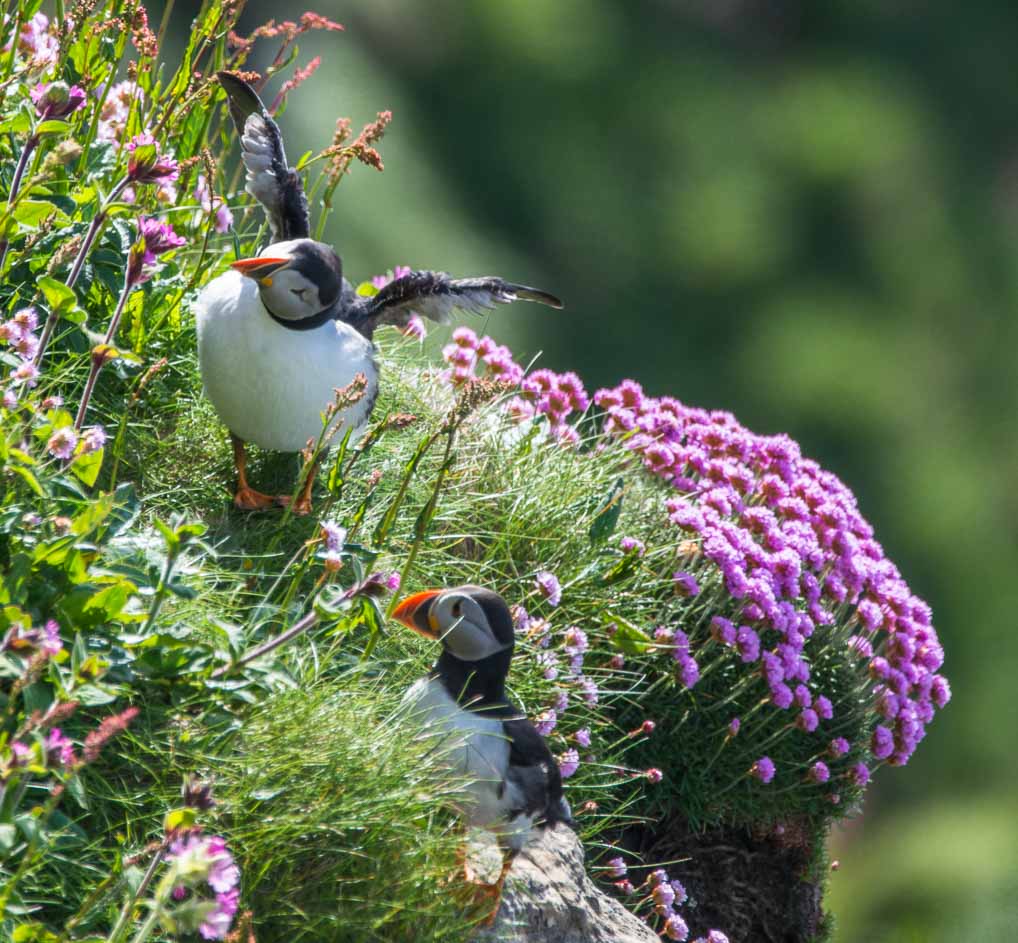
Puffins
As someone with a poor head for heights spotting seabirds on cliff colonies does not come naturally, but I plucked up courage to shuffle close enough to the edge to get some good views and some decent photographs.

Razorbill and Puffin
We are not sure what we are doing tomorrow, but we do now know that on Sunday we sail to the Orkneys for four nights.
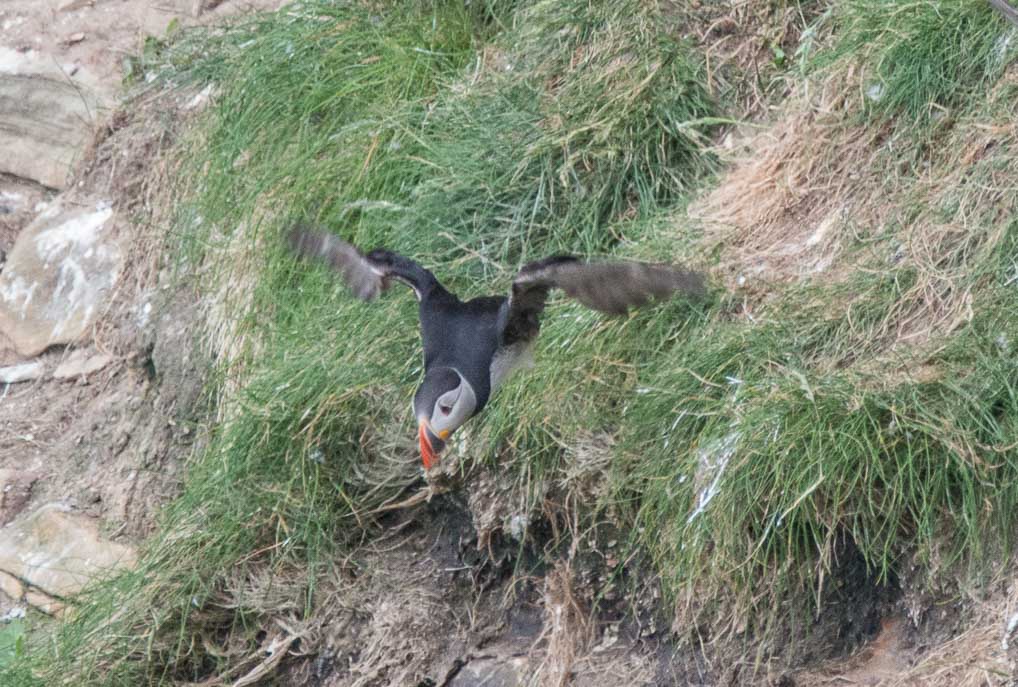
Puffin takes to the skies
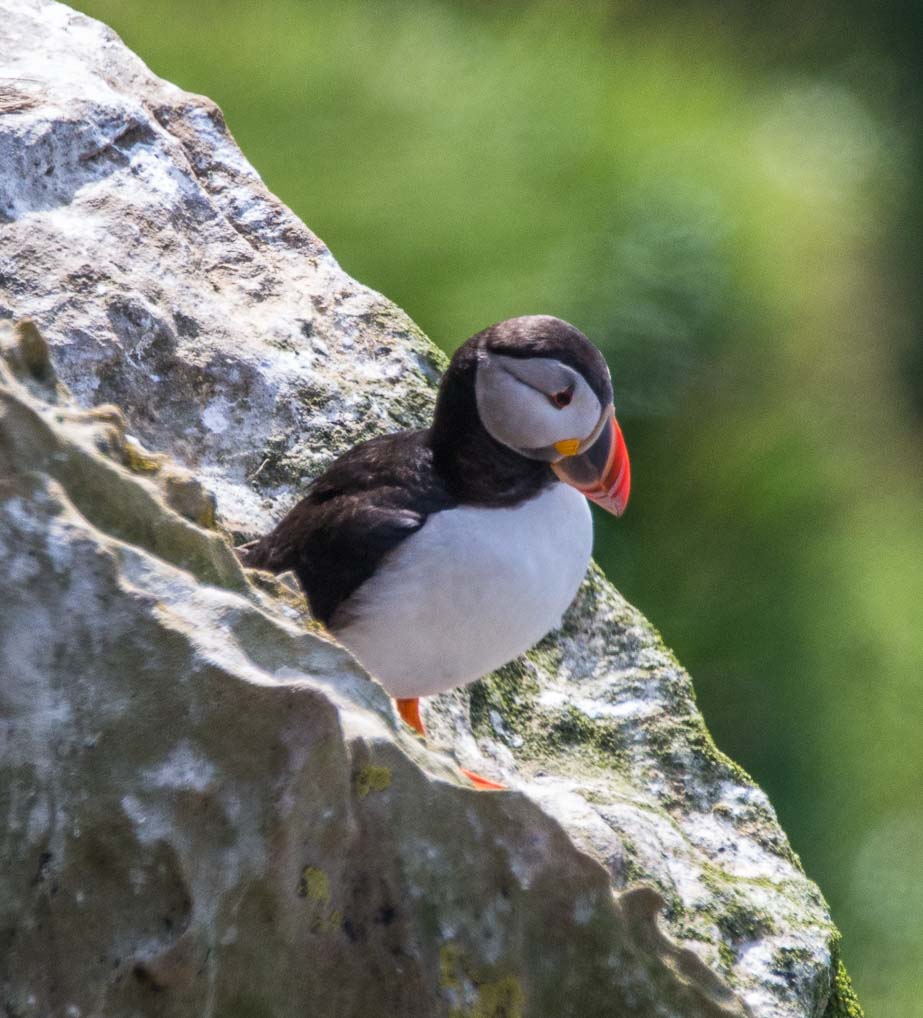
Puffin
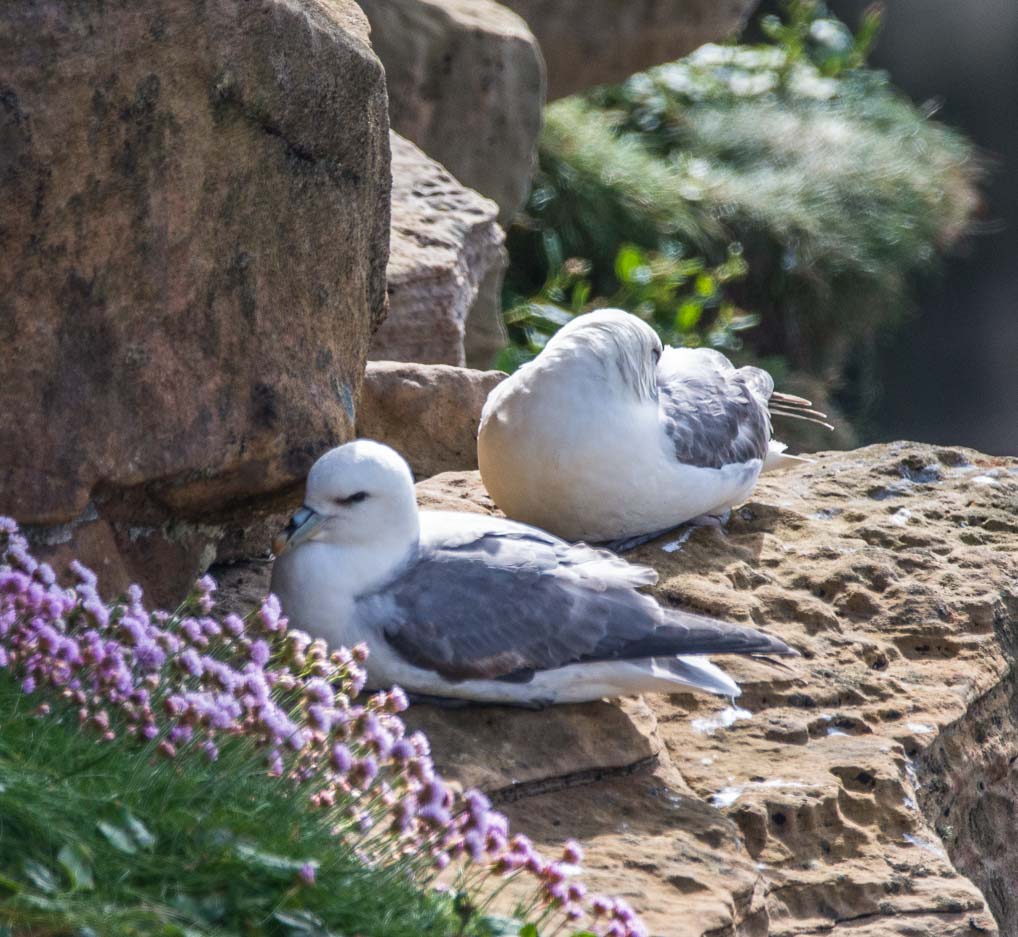
Fulmars
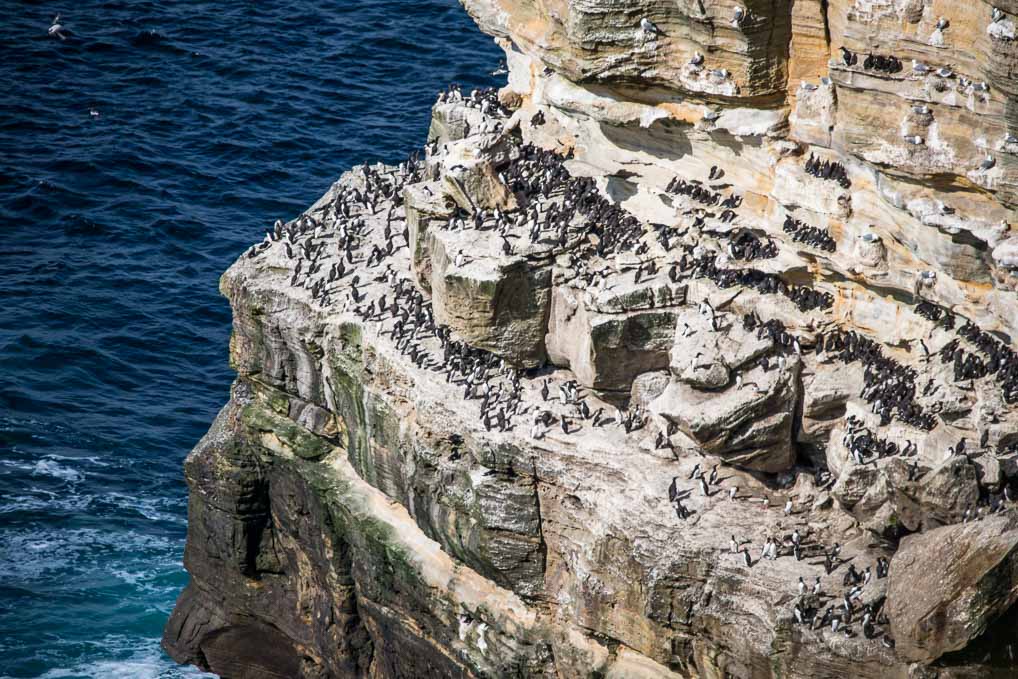
Colony of Guillemots
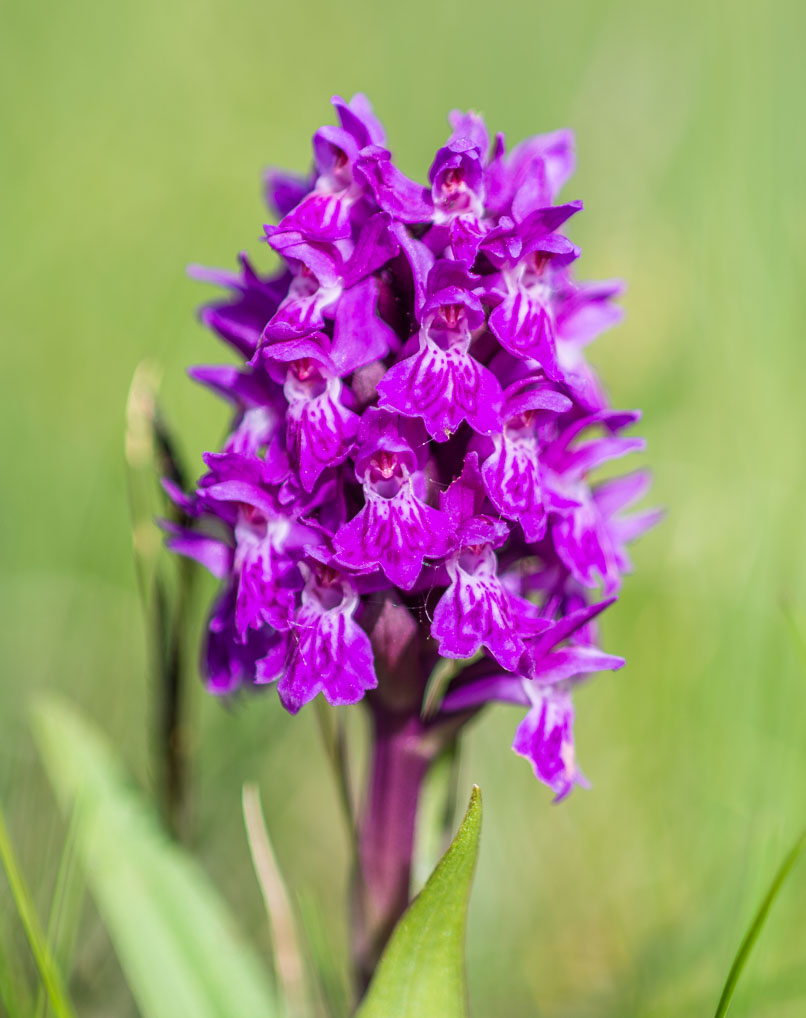
Orchid which grows in profusion at Dunnets Head
